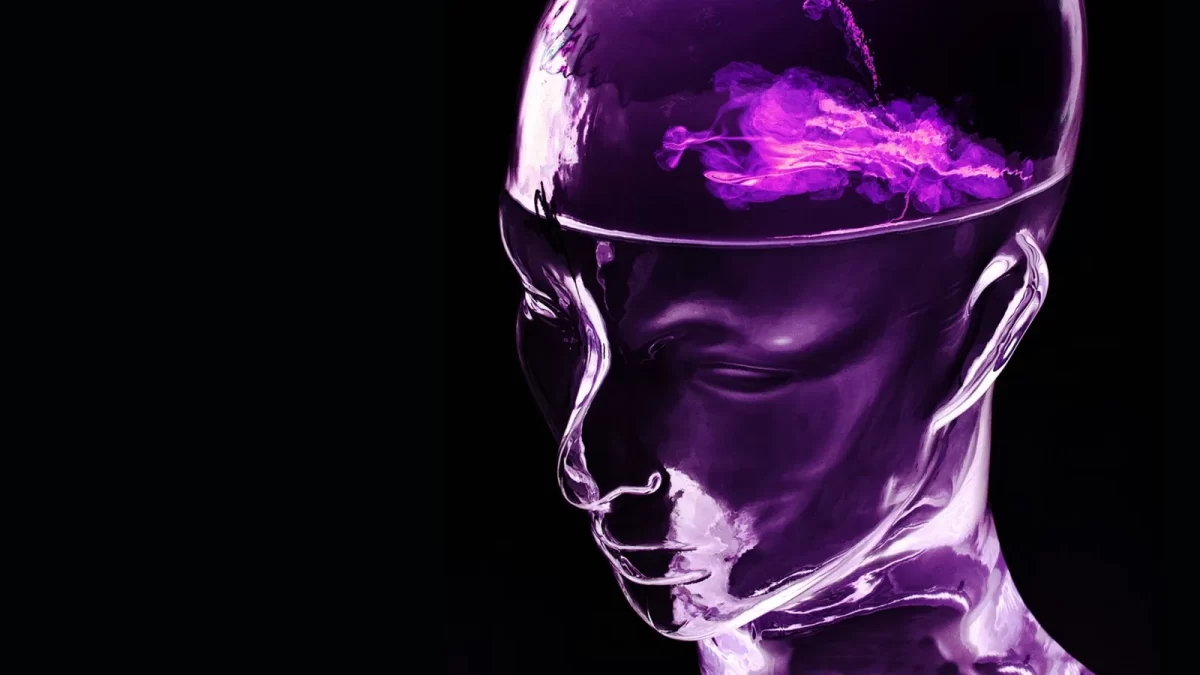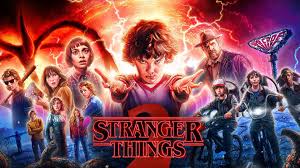While sleeping some people can lucid dream, a state when you know that you’re dreaming while you’re asleep. This occurs during the REM (Rapid Eye Movement) stage of sleep. There are 4 stages of sleep: the REM stage is the 4th and final stage. It can last for about ten minutes, however, while asleep it can and most likely will feel much longer. Lucid Dreams: Definition, Benefits, Dangers, How to Do It states that “lucid dreaming is more common during rapid eye movement (REM) sleep, a period of very deep sleep marked by eye motion, faster breathing, and more brain activity.” The other 3 stages of sleep are known as NREM (non-rapid eye movement). During stage 1, which can also be known as N1. This stage is essential when someone first falls asleep it can last anywhere from 1 to 7 minutes. Brain activity and the body will start to slow in brief periods, however, we are not fully relaxed yet. You can wake someone up very easily in this stage, but if nothing is bothering the person, they will enter stage 2 quickly.
During stage 2 also known as N2 your body will go into a more repressed state. Your body temperature will drop, muscles will relax and your heart rate and breathing will slow during this stage. www.sleepfoundation.org/stages-of-sleep states that “brain waves show a new pattern and eye movement stops. On the whole, brain activity slows, but there are short bursts of activity that actually help resist being woken up by external stimuli.” All together, a person spends roughly half of their sleep in N2. The N2 stages can become longer during the night.
In the first sleep cycle, N2 can last anywhere from 10 to 25 minutes. Next comes deep sleep, also known as N3 (stage 3).
When you enter this stage, your breathing rate, pulse, and muscle tone will all relax even more. During N3 your brain has delta waves, also known as slow wave sleep (SWS). This stage is when you get restorative sleep; this lets the body have growth and recovery, therefore this stage is believed by experts to be essential to the sleeping process. Brain activity is reduced during this stage however, evidence suggests that being in a deep sleep is helpful to memory, insightful thinking, and creativity. N3 stage is known to last for 20 to 40 minutes, but as you continue to sleep, the stages get shorter and we spend more time in REM sleep.
As I previously stated, REM is the fourth and final stage of sleep. This is when Lucid dreaming occurs. In REM sleep, your brain activity will increase, getting close to the levels you see when awake. The body starts to have atonia, this is temporary paralysis to the muscles, however, your eyes and the muscles used for breathing are not affected by the paralysis. This is where the name REM sleep comes from, because despite your eyes being closed, you can see your eyes moving quickly. Rem sleep lasts for roughly 90 minutes. The stages of REM sleep get longer, going from 10 minutes up to an hour long. Lucid dreaming occurs in this state because it is when the brain is most awake. However, scientists don’t actually know why or how we lucid dream. It is all just theories they have.
When you lucid dream, you are aware that you’re dreaming. A lot of the time, you can control what happens in your dreams. However, if you mess up while trying to lucid dream, you will wake up into sleep paralysis, because the body is in atonia while in the REM state. This is why people get sleep paralysis. As I previously stated, you get atonia in REM sleep, and it keeps you from moving, so you don’t act out your dreams (sleepwalk). So if you wake up during it, you will be paralyzed, as it causes paralysis of the muscles. Your eyes still move when you are in atonia. They are not affected by the paralysis, so if you wake up during it I’d advise you not to open your eyes. Most people say they see demons while in sleep paralysis. They are sleep hallucinations caused by the disruption in your sleep. They are more commonly known as sleep demons. It sounds cool, but it is terrifying. Sleep hallucination can be anything from demons to your worst fear. All you can do is sit there and look at whatever you’re seeing because you can’t scream or get up.
According to Mr.Poitras (A 9th grade English teacher at Gloucester High School) “The easiest way I lucid dream is when I can only control myself, like making myself fly. Sometimes I can control the environment, but that is harder.” When people lucid dream, they can’t always control the dreams they just know they are dreaming. Almost like a movie, they are watching in their head. The dream feels vivid and real. If lucid dreaming does not come naturally, some people will train themselves to do it. It is hard you have to really concentrate and focus if it doesn’t come naturally. A lot of people don’t even remember their dreams, which is why some people keep a dream journal. Lucid dreaming also has benefits to it, such as less anxiety, motor skills, and improved problem-solving.
Lucid dreaming helps with anxiety because you feel in control and empowered. If you can control your dream and you struggle with nightmares, lucid dreaming can act as therapy for them. Small studies have shown that it could be possible to improve motor skills because you can practice in your dream. The same parts of the brain become active whether or not you’re dreaming the motor skill happening or it’s actually happening. Lucid dreaming also helps people solve problems because you can problem solve while asleep, and it gives you a sense of how to handle it in the real world. Some downsides to lucid dreaming are less sleep quality. Sometimes vivid dreams can wake you and make it harder to go back to sleep. You also might not sleep well if you are focused on lucid dreaming. It can also cause people with certain mental health disorders to blur the line between what’s real and what’s fake. So, after reading this information on lucid dreaming, do you think you’ll try it? Or, have you already done it?

















































